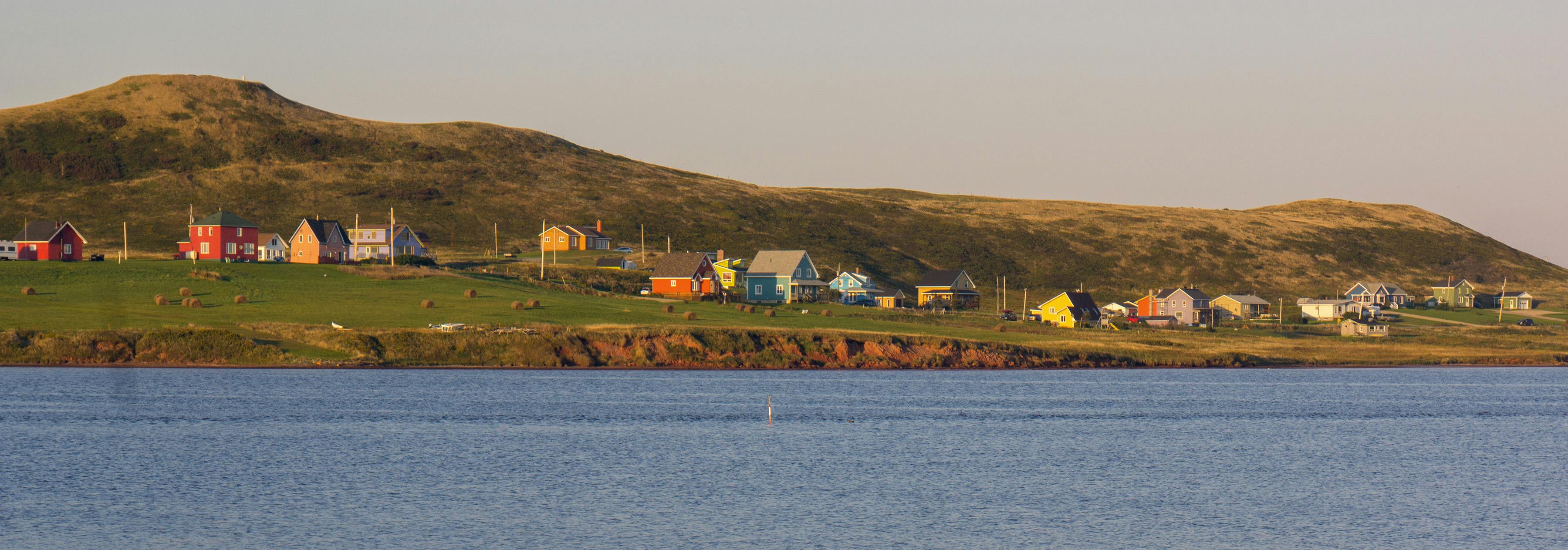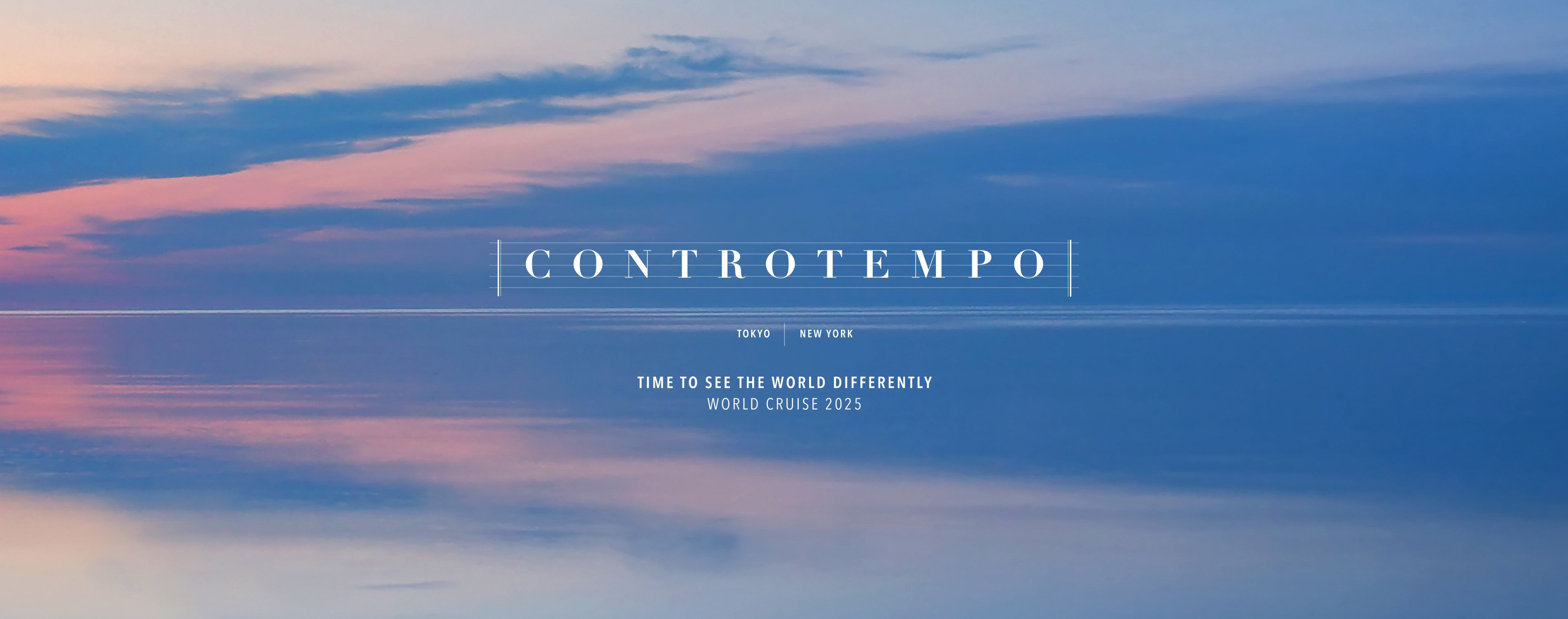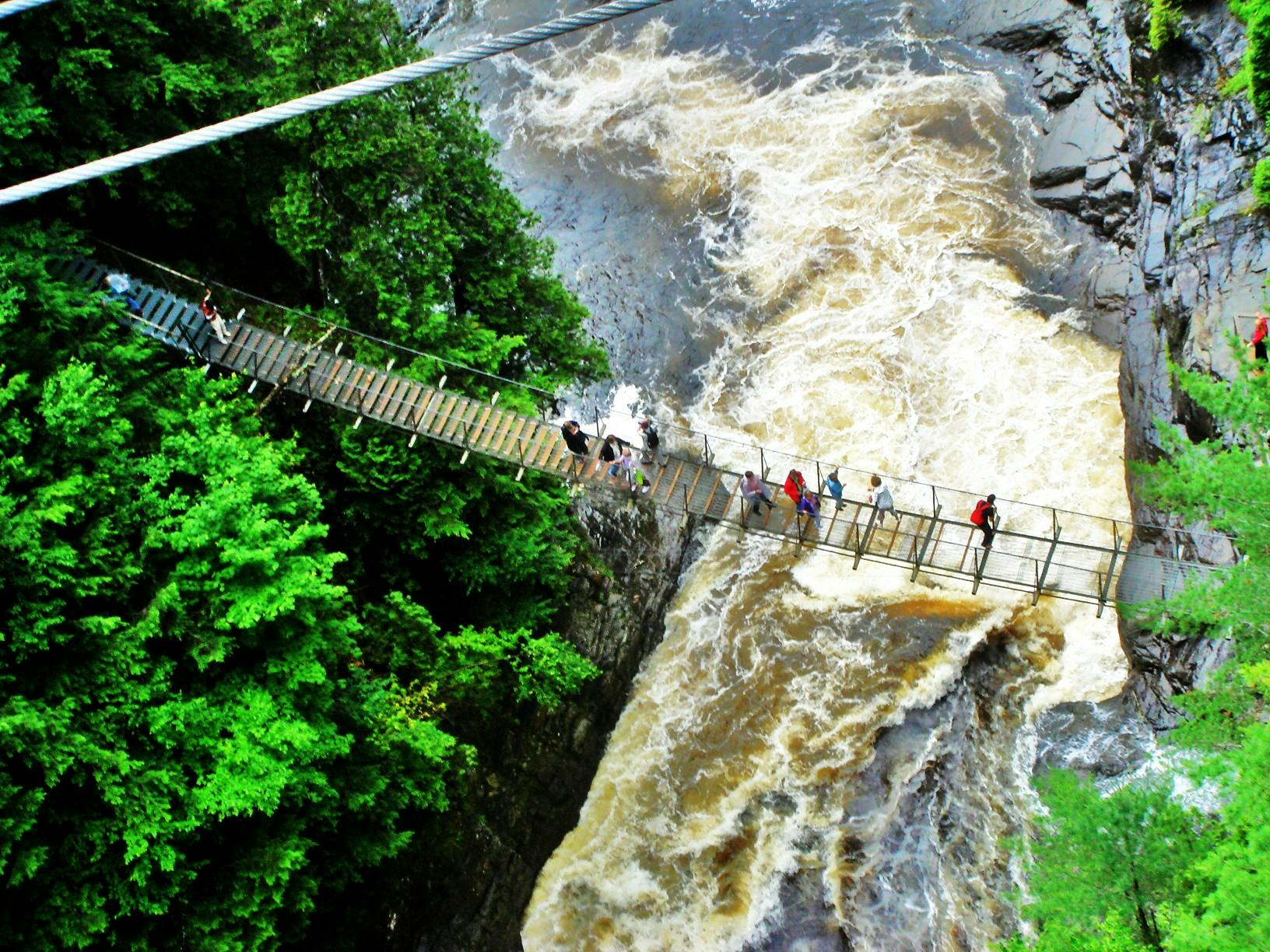Canada’s Magdalen Islands: Quirky and Delightful
“Where’s that?” a friend asked when I said we had just returned from Les Îles de la Madeleine (the Magdalen Islands in English, or the Maggies if you prefer a less formal approach). It wasn’t such a surprising question because the islands have been under the radar for years.
Eight islands, with names Île de Grande-Entrée, Cap-aux-Meules and Île de Havre-Aubert that correctly suggest a French connection, make up the 60-mile-long crescent-shaped archipelago. On the map of Canada, the Magdalen Islands are a tiny dot in the middle of the massive Gulf of St. Lawrence, about 125 miles east of the Gaspé Peninsula and about 62 miles northwest of Prince Edward Island.
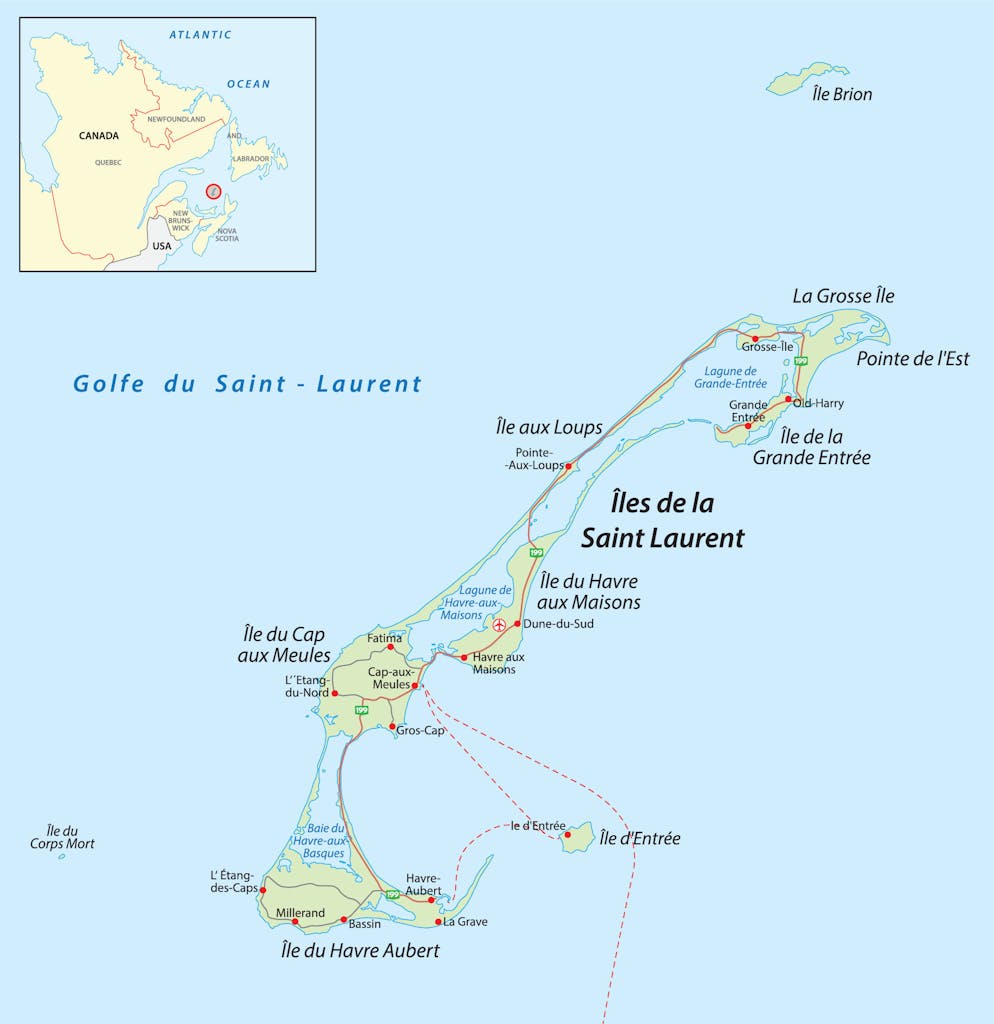
A brief history of the Maggies
The Acadians, the first European settlers, arrived in 1755 when the islands were affiliated with Newfoundland. In 1774, they became and remain part of the province of Quebec. The 13,000 residents have preserved a distinctive version of Acadian French, and their lilting accents vary depending on which island they call home.
“In 1970, they started calling people who came here tourists,” says Frédéric Myrand of Tourisme Îles de la Madeleine. “Before that, the only visitors were people who came on business.” In 2019, pre-pandemic, 69,000 tourists visited to enjoy the long stretches of sandy beaches and brick-red sandstone cliffs, the smorgasbord of outdoor activities and an unmistakable Québécois joie de vivre.
It doesn’t take long to disconnect from the real world and submit to the simple rhythm of life here. Everyone seems to know everyone else; people smile, nod and say “bonjour” to passing visitors.
Since 1990, roads have connected six of the islands across long, narrow sandbars. But all of them share a sense of solitude and a Maritime flavor distinct from mainland Quebec.
A bounty from the sea

Fishing is a way of life, and, like the wind and the sea, it helps dictates the rhythm of the seasons. This No. 1 industry contributes about $40 million U.S. annually to the local economy. Lobster is king, and the Madelinots, as the locals call themselves, will tell you that the lobsters caught off their shores are the finest in the world because of the cold water and the rocky, rather than sandy, gulf floor.
For nine weeks, from the first Saturday in May, the 325 fishermen rise before the sun to head out to sea to empty, then bait their lobster traps. They do this six days a week but never on Sundays, according to a longstanding, unwritten fisherman’s agreement. If you’re at the wharf on Île de Grande-Entrée about 10 a.m., you’ll greet the fishermen returning with their catch. When lobster season ends, they fish for herring, mussels, crab or mackerel. The long winter is for making nets, repairing the traps and readying their boat for spring.
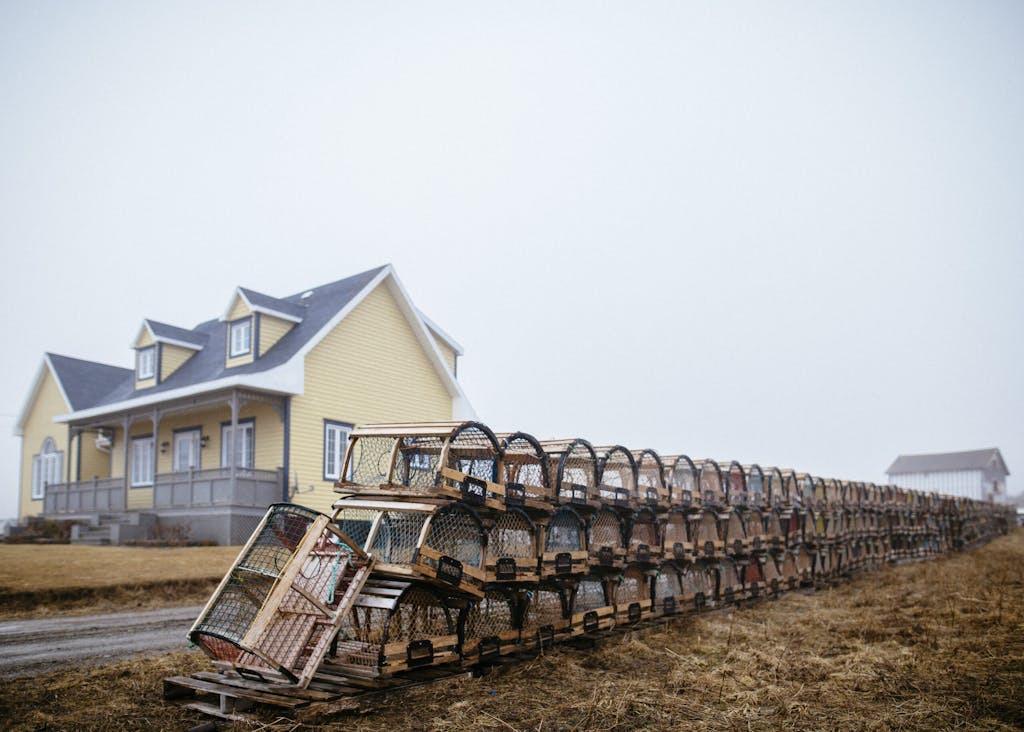
Not surprisingly, seafood dominates the local cuisine and it is amazingly good. We enjoyed memorable meals at small, unpretentious-looking restaurants that would be easy to miss if you weren’t aware of their culinary reputation. “There aren’t many places where you can prepare seafood this fresh and enjoy this kind of casual, friendly lifestyle,” says Chef Hugo Lefrançois of Resto Bistro Accents at Château Madelinot.
Among our culinary indulgences: Asian fried calamari and seal cooked to perfection by Chef Lefrançois; the best-ever lobster risotto at Quai 360; Pot en Pot, Café de la Grave‘s unique sea pie; Chef Joanne Vigneau’s seared scallops at Gourmande de Nature and the mussels and frites at Les Pas Perdu a lively, colorful bistro.
It’s not just feast, then famine in the Maggies. In season, it is a veritable amusement park for lovers of the outdoors, which makes the islands a want-to-return-to-again-and-again destination. Among the ways you can get to know this place:
You can drive it
Highway 199, the chemin principal, or main road, is a narrow ribbon of asphalt that connects six of the islands across long, narrow sandbars. You can drive from end to end in about 90 minutes. But better to take a day to stop and explore the dunes, walk the beaches and have time for the breathtaking photo ops along the way.
You can bike it

Cycling is a great way to tour the islands … assuming the wind is agreeable. On windy days, expect more of a challenge. The Route Verte runs for about 62 miles alongside Highway 199 and includes off-road excursions.
Ride the entire route or plan your own adventure on one of five suggested panoramic roads. Le Pédalier on Cap-aux-Meules (the central and largest island) has touring, racing and e-bikes for rent; e-bikes are available to rent at Éco-vélo des Îles on Étang-du-Nord and motorcycles on Cap-aux-Meules and Fatima.
You can hike it
Le Sentiers Entre Vents et Marées, a lengthy hiking trail, lets you explore the islands on foot. If walking the entire archipelago, across each island and through various villages, is more than you have time for, you can choose any of the 13 stages, which vary from six to 17 miles.
Trails are rated by their degree of difficulty and don’t be surprised if you meet a pet owner with a four-footed friend in tow. Take the 60-minute ferry ride from Cap-aux-Meules to Île d’Entrée, the largest island, which is a birder’s dream. If you climb the island’s highest mountain on a clear day, you can see all the way to Nova Scotia.
You can beach it
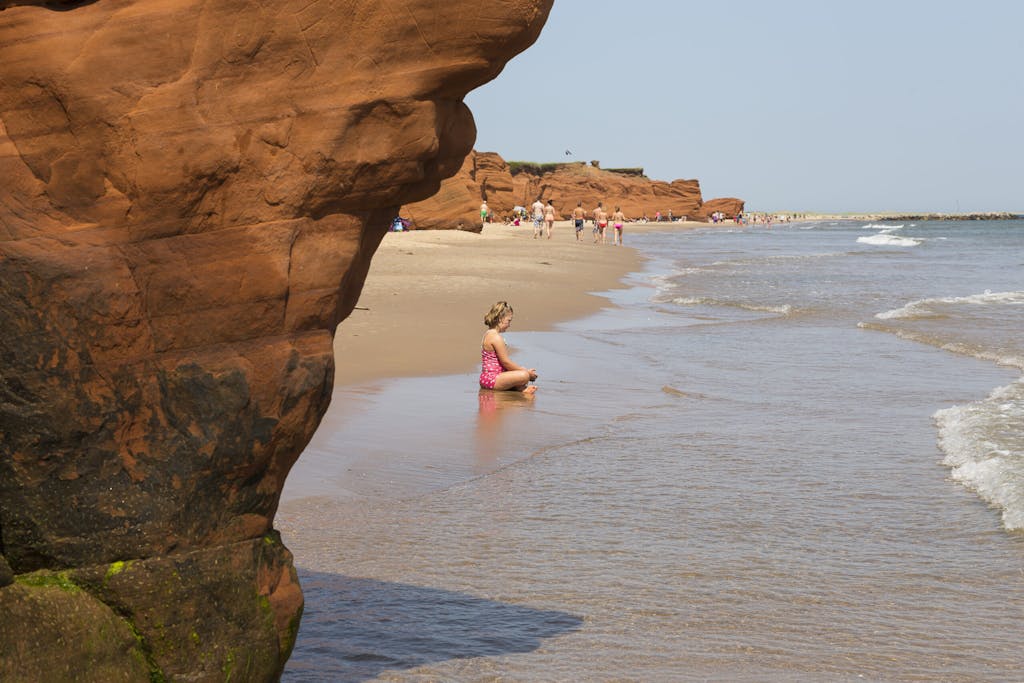
The Maggies promise more than 185 miles of white sand beaches, so choosing which one to enjoy could be your most difficult decision. On Grosse Îlle’s Old Harry Beach, considered the most beautiful of the islands’ beaches, you can sink your feet into six miles of sand. Pack a picnic and go for the day.
Let the wind dictate your beach. If the wind is blowing from the north, choose a south beach where you will be protected.
You can kite-surf it
“You shouldn’t leave the islands without kitesurfing,” says Youri Gauthier, a certified instructor at Aerosport, who thinks L’Étang-du-Nord is the best place to learn kite-surfing because of its lagoons and consistent wind.
You can body-surf it
Best. Fun. Ever. If you are at least 14 years old, in good physical condition and comfortable in the sea, shimmy into a wetsuit and go body bobbing through the water and into the caves carved by the waves at On Île de Grande-Éntrée at Auberge la Salicorne.
You can boat it
En Mer, a sea adventure specialist since 1979, offers water excursions that include fishing trips, seal watching, exploring the caves and cliffs or an evening at sea to watch a breathtaking sunset.
You can kayak it
Parc de Gros-Cap provides a guide to enjoy, by kayak, the beauties of the sculptured red sandstone cliffs and the hidden caves and tunnels.
You can shop it
Don’t expect to find big-box stores or fashionista hangouts. What you will find are tiny shops and charming boutiques scattered across the islands and clustered along the main street of the historic village on Île du Havre-Aubert. Shop for nautical antiques, handcrafted gifts and souvenirs and beautiful sculptures molded from sand.
The best time to vist
May and June and September and October are delightful months to visit. You should make hotel and restaurant reservations for high season (July and August) at least a year in advance.
Intrigued by all the Maggies have to offer? Look for a cruise here.



